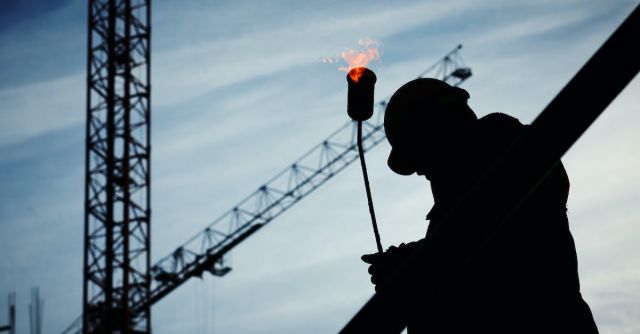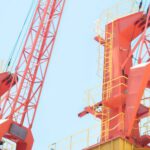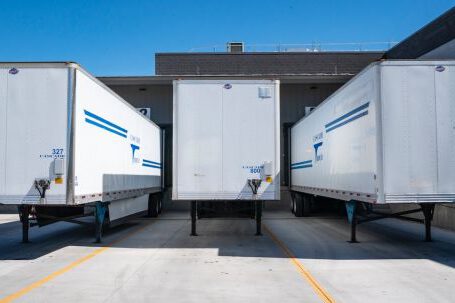Lifting equipment in construction is essential for a safe and efficient work environment. It is used to lift, move, and position materials, as well as to complete tasks such as welding, erecting, and demolition. The use of different types of lifting equipment can be beneficial to construction projects, as it allows for increased safety, efficiency, and productivity.
Types of Lifting Equipment
There are numerous types of lifting equipment in construction, each with its own unique characteristics and uses. Some of the more common types of equipment include cranes, hoists, forklifts, aerial lifts, and jacks.
Cranes
Cranes are some of the largest and most expensive pieces of lifting equipment in construction. They are used for a variety of tasks, including lifting heavy objects, as well as moving and positioning materials. Cranes are typically used on large-scale projects, such as building bridges or skyscrapers.
Hoists
Hoists are smaller and lighter than cranes, and are used to lift objects that are too heavy or awkward to be lifted by hand. They can be powered by electricity, hydraulics, or air pressure, and are often used in warehouses, factories, and other industrial settings.
Forklifts
Forklifts are used to move heavy objects throughout a construction site. They are typically powered by diesel or gasoline, and are equipped with a hydraulic lift that can be used to raise and lower objects. Forklifts are often used to transport building materials between locations, as well as to move objects onto and off of trucks.
Aerial Lifts
Aerial lifts are used to lift workers and materials to heights that cannot be reached by other types of lifting equipment. They are most often used in the construction of high-rise buildings, where workers may need to reach heights that cannot be safely accessed by ladders or scaffolding.
Jacks
Jacks are the smallest and most basic type of lifting equipment in construction. They are used to lift and move objects that are too heavy for manual labor. Jacks are often used to move heavy machinery, as well as to level or raise structures.
Safety Considerations
The use of lifting equipment in construction comes with a number of safety considerations. All operators of lifting equipment should be properly trained and certified, and should always wear the appropriate safety equipment, such as helmets, safety harnesses, and eye protection. Additionally, all lifting equipment must be inspected regularly to ensure that it is in good working order.
Conclusion
Lifting equipment in construction is essential for a safe and efficient work environment. There are numerous types of equipment, ranging from cranes and hoists to forklifts and jacks. It is important to ensure that all operators of lifting equipment are properly trained and certified, and that all equipment is inspected regularly. With the right equipment and safety protocols in place, construction projects can be completed with efficiency and safety.






